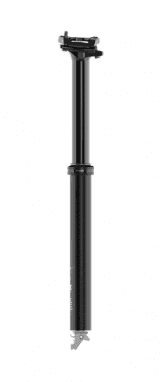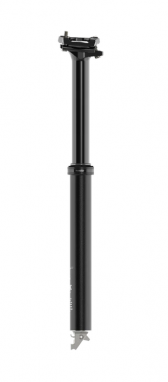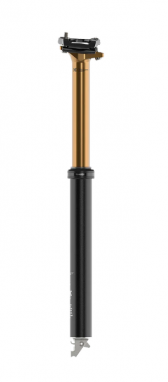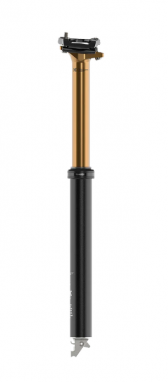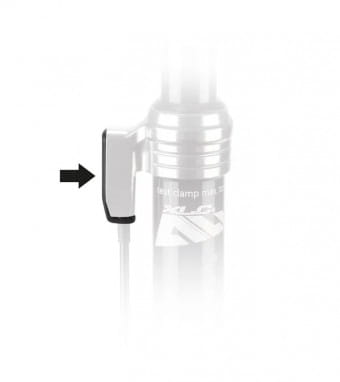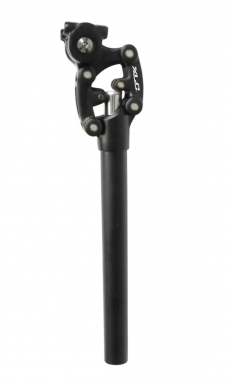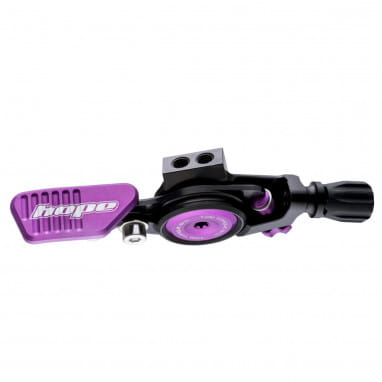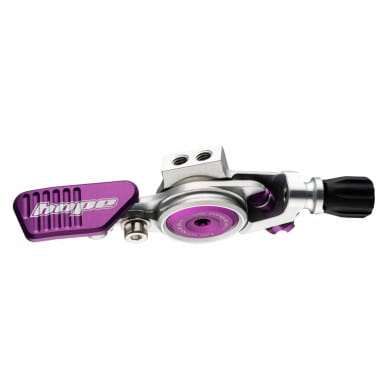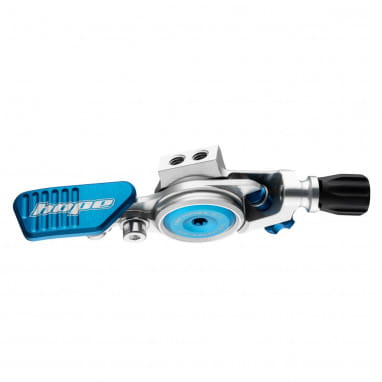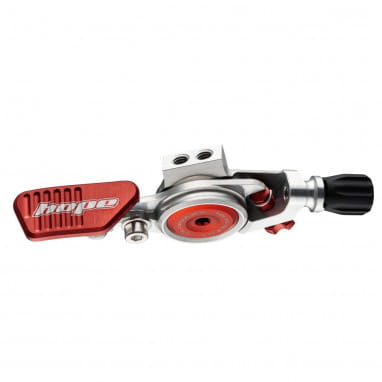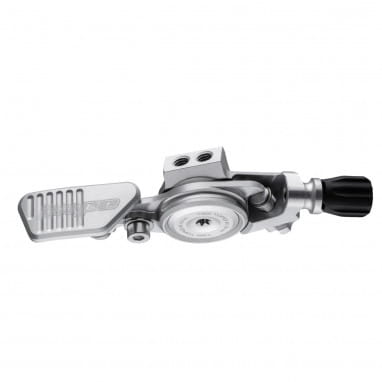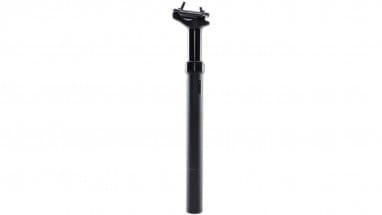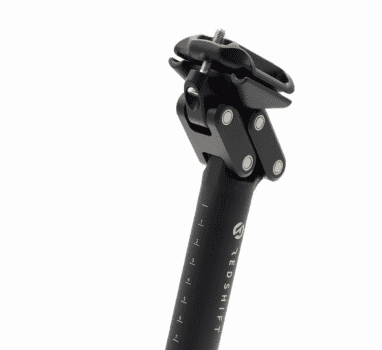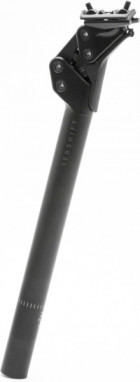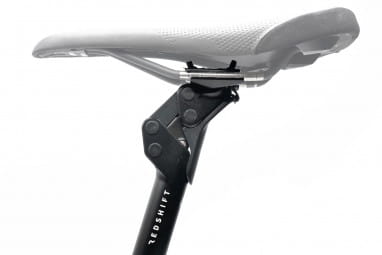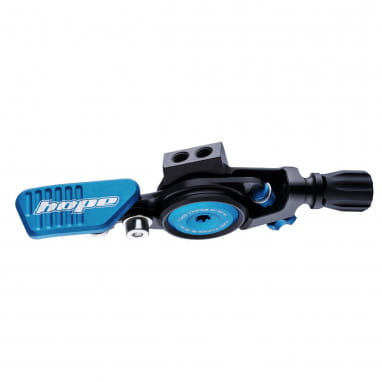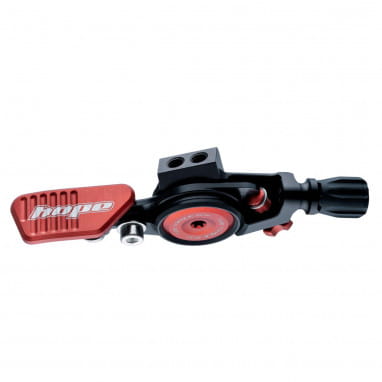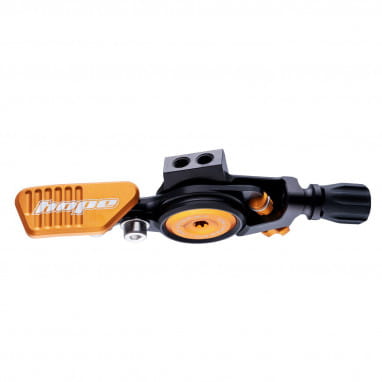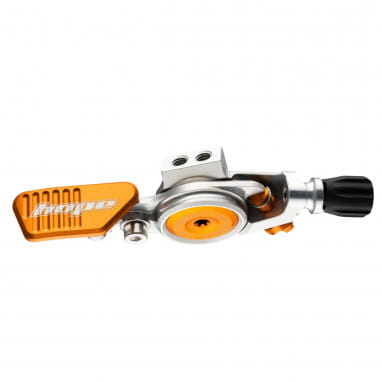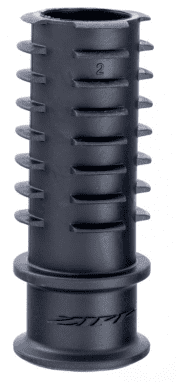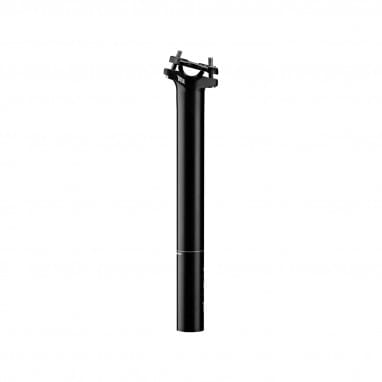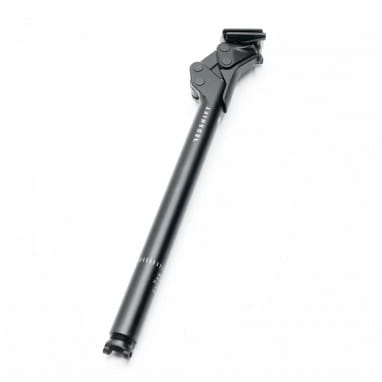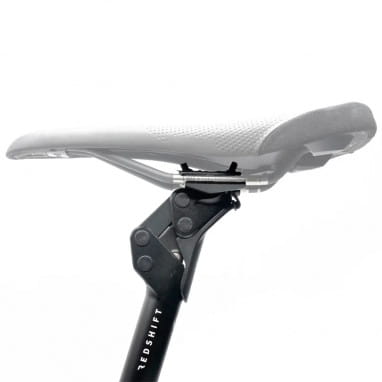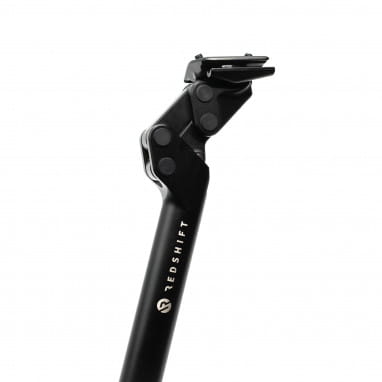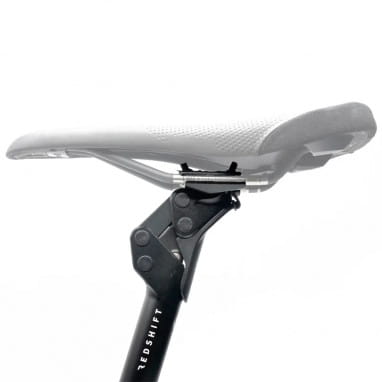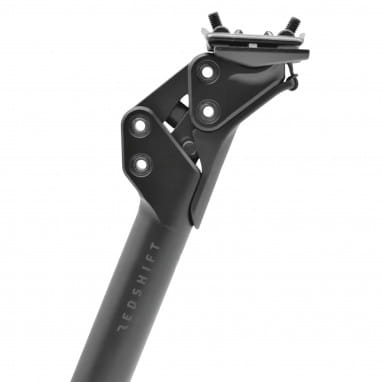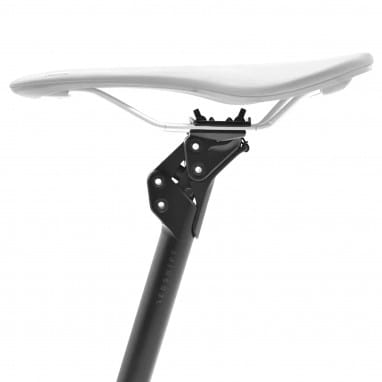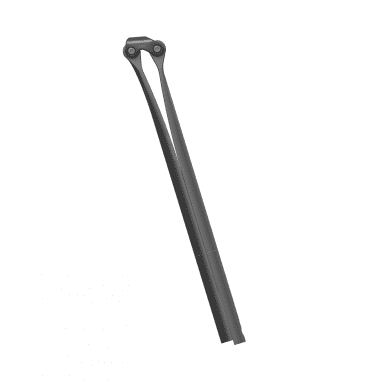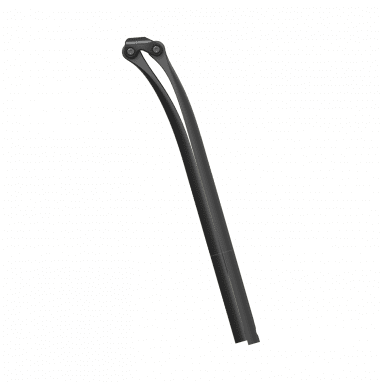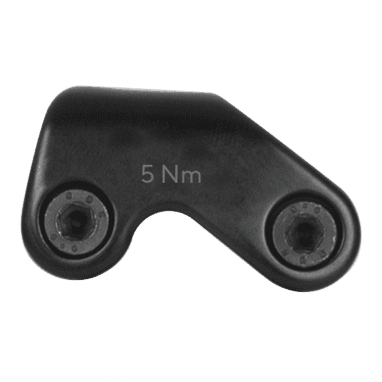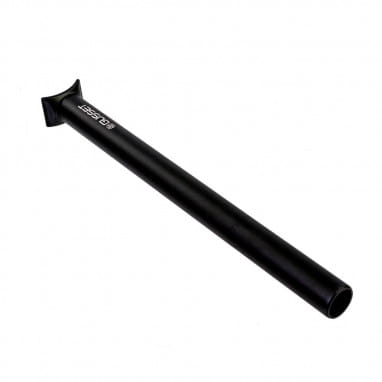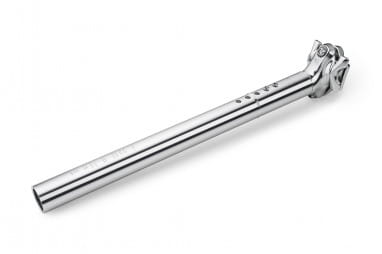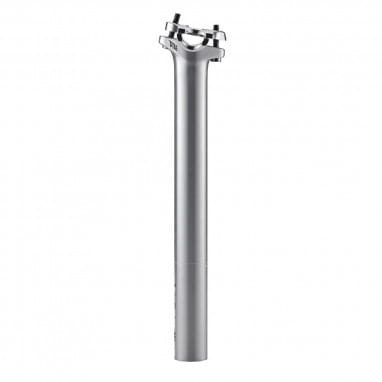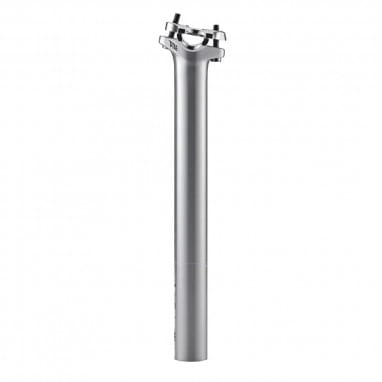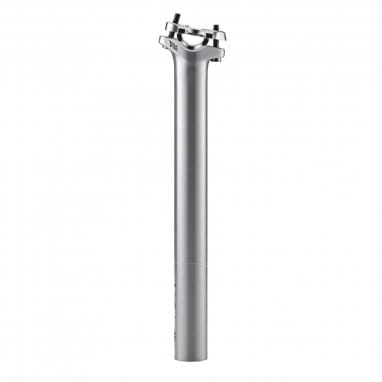At first glance, a seat post is just an inconspicuous connector, it holds the bike and saddle together. But it can do much more! With the help of the seatpost you adjust the height of the saddle, only so you can pedal comfortably and efficiently. While seatposts for road bikes should be particularly light and rigid, there are suspension seatposts that improve comfort in the saddle on long trekking tours. A special case are lowerable seatposts on MTB and even with back problems, the right seatpost can provide relief - reason enough to look at them a little closer.
.
At first glance, the seat post is a tube for mounting the saddle and thus the connecting piece to the frame. However, when looked at more closely, it quickly becomes clear that incredible forces act on the seat post from almost all sides. The use of first-class materials, whether aluminum or carbon, guarantees the highest stability at low weight for the seatposts in our shop.
What to look for when buying?
Saddle posts have a great influence on riding fun, prevent annoying back or knee pain when properly adjusted and significantly influence your power transmission on the bike. With high-quality products, you are variable in height and nothing stands in the way of your next tour. However, in order to have the maximum riding experience, you should consider a few things before buying a new seat post.
The right inner diameter
Because MTB frame manufacturers use seat tubes with a wide variety of inner diameters, you'll find seat posts with every conceivable diameter in our shop. Seat posts are available in many different diameters, so that you have to pay attention to the size of your seat tube when retrofitting. If in doubt, you can measure this dimension with a caliper. Before you do so, however, you have to loosen the seat clamp, remove the seat post including the saddle from the seat tube and then measure the inner dimension of the tube.
Installation length
In addition to the inner diameter, you should also pay attention to the installation length. Especially with telescopic seat posts it is very important to pay attention to the right size. Of course, the seat height has to be right, but the tube should also fit into the frame. The easiest way is to check the length of the existing seat post and also measure the insertion depth of the seat tube on the frame. With the seatpost used so far, it is very easy to determine the required seat height and check on the frame how much reserve you have for a longer seatpost.
Telescopic seat posts
In MTBs, there are telescopic seatposts, especially in the enduro and all-mountain range, where you can vary the seat height using a remote lever on the handlebar. This allows you to adjust the saddle height even while riding and to react better when changing between uphills and downhills. Telescopic seat posts are available with an adjustment range of up to 150 mm, which is also fully sufficient for tall riders.
In modern telescopic seatposts, the mechanism is hydraulically operated with oil. Cheaper models work with a cable pull. Often, the cables of the seat post are routed inside from the bike and are thus also visually hardly noticeable. If air gets into the system of a hydraulic telescopic seat post, it has to be bled like a hydraulic disc brake. The appropriate bleeding kit, like the one from Rock Shox for the hydraulic seat post Reverb, is of course also available in our shop. Other spare parts like seat pistons, remote levers or replacement valves for hydraulic Vario seat posts can also be found in our online shop.
Hydraulic or mechanical
An important difference between telescopic seat posts is the inner workings. On many models, this is hydraulic. Similar to a desk chair, the height is infinitely adjustable via the push of a button. With mechanical telescopic seat posts, the locking mechanism consists of a bolt that locks into a designated hole. Both systems offer advantages and disadvantages. One big point is obvious, the stepless heights with hydraulic systems is a big advantage. With this system you are flexible as far as your seat height is concerned. Mechanical seatposts offer plus points when it comes to maintenance. The simple system inside the seat post is very robust and requires much less maintenance.
Suspension seatposts
In normal bicycles, a normal and unsprung seatpost is generally used, although there are occasional exceptions for trekking bikes, for example. Here is then a suspension built into the seatpost to increase the comfort. On mountain bikes, however, this type of seatpost is used very rarely if at all.
The most important questions to ask before buying a seatpost:
- Which inner diameter do I need?
- What installation length is needed?
- Which system do I want?
Accessories
Simply speaking, the seat post is the connecting piece between the bike and the saddle. The saddle is attached to it and it can be used to adjust the seat height. To vary the height of the seat post, the seat clamp attached to the frame must be loosened and later tightened again. The seat clamp can be placed as a single component over the seat tube of the bike or it can be integrated directly into the frame. We have saddle clamps and other accessories such as remote levers or bleeding kits ready for you.
